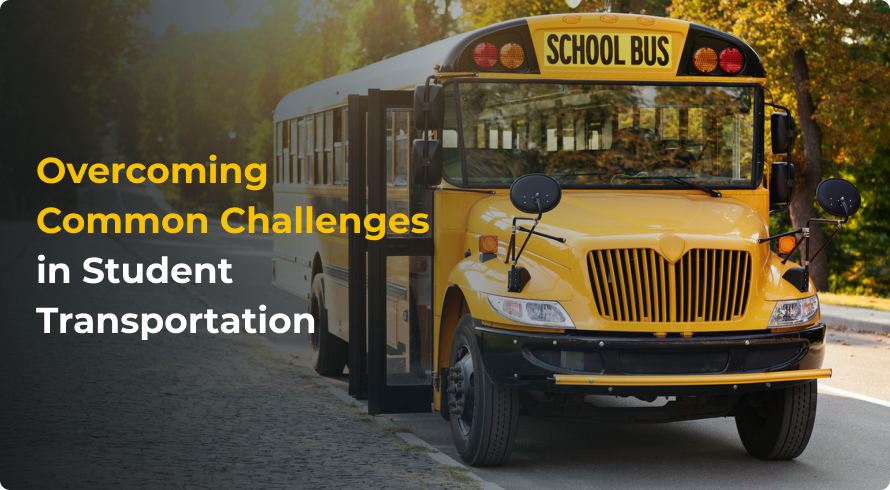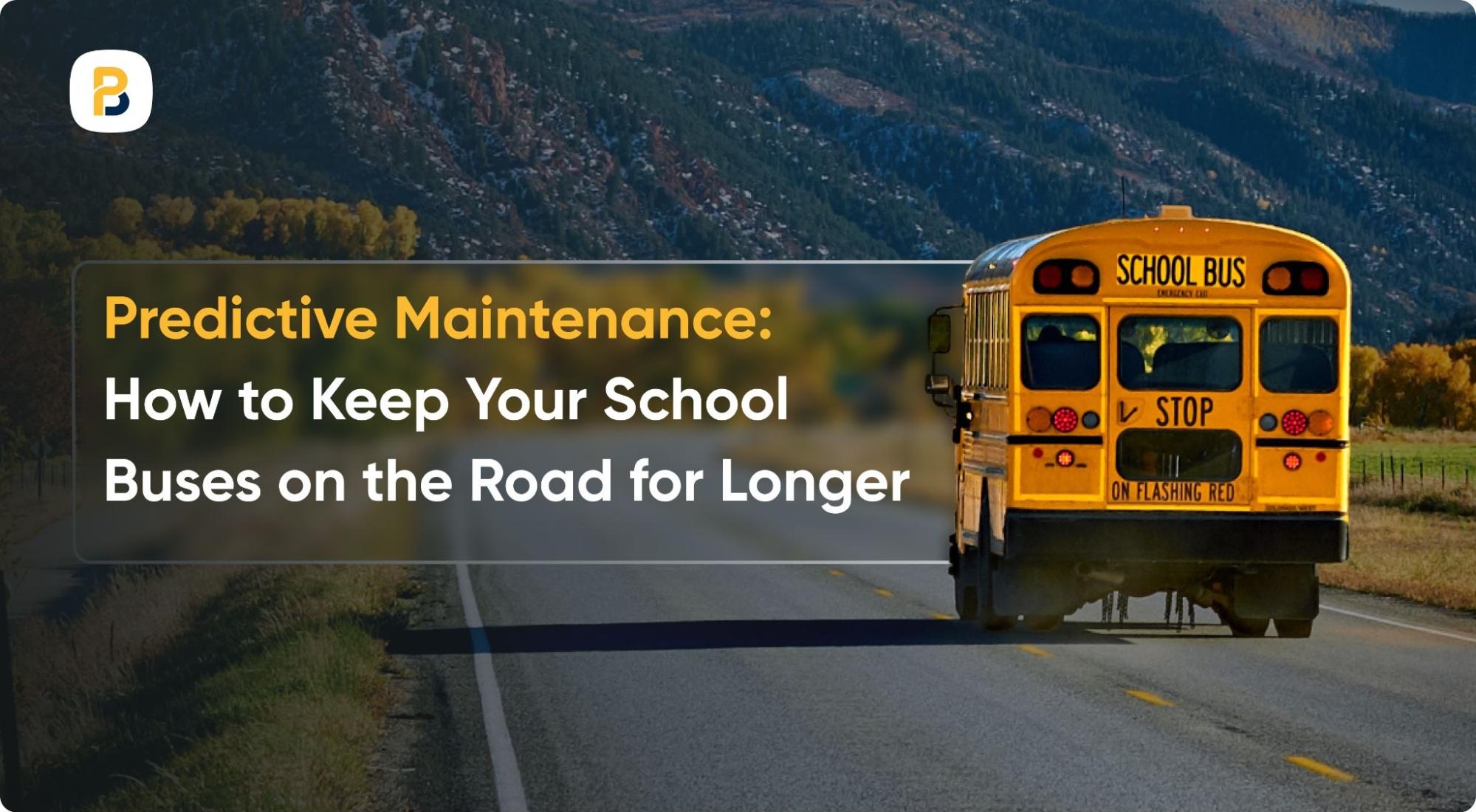Over 24 million students in the U.S. rely on school buses to get to and from school. But behind this vital service lies a series of challenges that school districts must navigate.
Here are some of the most pressing transportation challenges schools are dealing with, and explore how modern tools and strategic planning can turn these roadblocks into opportunities.
Driver Shortage
A survey by BusPlanner revealed that 77% of school districts are currently facing a driver shortage. Factors such as an aging workforce, low pay, and limited benefits have made recruitment and retention increasingly difficult.
The issue of driver shortage can be tackled by:
- Reducing and Consolidating Routes: Cutting redundant or low-efficiency routes helps reduce driver demand without compromising student service.
- Engage Existing Drivers: Implement effective communication channels, offer incentives, and maintain open communication to retain experienced drivers.
- Reassign & Split Routes: Software solutions like dispatch allow you to quickly split and reassign routes to available drivers. This helps you keep operations running smoothly, even when drivers call in sick.
Inflation, Rising Costs, and Budget Constraints

School transportation departments are grappling with tighter budgets than ever before. According to the National School Transportation Association, fuel costs have risen by over 40% in the past three years. Meanwhile, school budgets are not increasing at the same pace, making it harder to maintain service levels.
Here is what districts can do to deal with this issue:
- Financial Planning Tools: Implementing tools that allow you to track planned vs. actual costs allows districts to plan better for fluctuating fuel prices and operational costs.
- Route Optimization Software: By using school bus route optimization tools, schools can reduce mileage and fuel usage, saving both money and time.
- Automation of Manual Processes: Automating scheduling, attendance tracking, and communication reduces the need to hire additional staff as student numbers grow, maximizing existing resources without sacrificing quality.
Accommodating Special Needs Students
Transporting students with disabilities requires careful planning and personalized support. From wheelchair-accessible seating to behavioral considerations, these needs add layers of complexity to route and seating plans. Transportation professionals can tackle this issue through the following:
- Strategic Route Planning: Generate effective routes to match the schedule of special needs students and to ensure shorter rides and appropriate vehicle accommodations.
- Custom Seating Plans: Generate seating plans that take into account equipment (e.g., wheelchairs, harnesses) and ensure safety and comfort.
- Parent Communication: Actively communicate with parents about schedules, delays, and transportation plans to build trust and transparency.
Unexpected Delays Due to Weather or Construction
Weather-related disruptions and road construction lead to expected delays. This can be minimized with the right tools in place.
- Real-Time GPS Tracking: With GPS tracking for school buses, parents and school administrators can monitor vehicle locations and get instant updates.
- Push Notifications: Provide automatic alerts for delays, reroutes, or changes in pickup/drop-off times.
- Alternate Route Generation: Use intelligent software that dynamically suggests alternate shortest paths in real-time, ensuring minimal delays even when original routes are blocked.
The Way Forward
With the right technology and strategy, school districts can not only overcome these issues but also improve safety, efficiency, and parent satisfaction.
Want to see how advanced tools can transform your transportation operations? Contact us today to learn more about our integrated suite of solutions designed to modernize student transportation.







